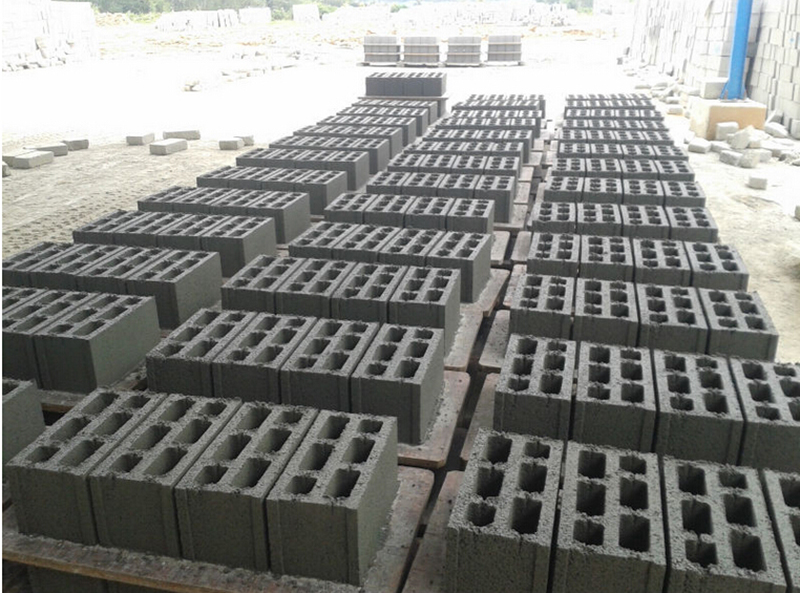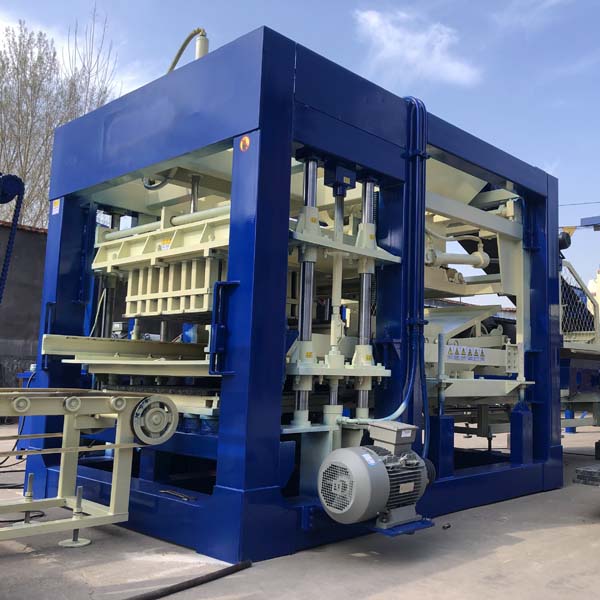Development Strategies and Directions for Brick-making Machinery in Cameroon
Abstract:
This paper delves into the development strategies and potential directions for brick-making machinery in Cameroon.Development Strategies and Directions for Brick-making Machinery in Cameroon
The background section highlights the significance of the brick-making industry in Cameroon and the need for technological advancements in the sector. The methods section outlines the research approach, including data collection and analysis.
The results section presents the findings of the study, emphasizing the current state of brick-making machinery and the challenges faced. The conclusion summarizes the research findings and proposes strategies and directions for the development of brick-making machinery in Cameroon.
Introduction:
Cameroon, a Central African country, has witnessed a steady growth in the construction sector in recent years. This growth has been fueled by various factors, including population growth, urbanization, and the need for infrastructure development.
As a result, the demand for bricks, a fundamental building material, has also increased significantly. However, the brick-making industry in Cameroon is still largely reliant on traditional methods, leading to inefficiencies and quality issues. Therefore, there is a need to explore strategies and directions for the development of brick-making machinery in Cameroon.
Methods:
To gain a comprehensive understanding of the brick-making industry in Cameroon, a mixed-method approach was adopted. This involved both quantitative and qualitative research methods. Quantitative data was collected through surveys and interviews with brick manufacturers, suppliers, and construction companies.
Qualitative data was obtained through observations and in-depth interviews with industry experts and policymakers.
Results:
The findings of the study reveal that the brick-making industry in Cameroon faces several challenges, including low production efficiency, high labor costs, and quality inconsistencies. Additionally, the use of traditional methods leads to environmental degradation and resource wastage.
These challenges highlight the need for technological advancements in the sector.
Furthermore, the study identifies several potential directions for the development of brick-making machinery in Cameroon. Firstly, there is a need for the introduction of automated and semi-automated brick-making machines that can increase production efficiency and reduce labor costs.
Secondly, the development of eco-friendly brick-making machinery that utilizes waste materials and reduces environmental impact is crucial. Thirdly, there is a need for research and development in the field of brick-making technology to address the issues of quality inconsistencies and resource wastage.

Conclusion:
The brick-making industry in Cameroon holds significant potential for growth and development. However, to capitalize on this potential, it is imperative to address the challenges faced by the industry and explore strategies and directions for the development of brick-making machinery.
The introduction of automated and semi-automated machines, the development of eco-friendly technology, and research and development in brick-making technology are crucial steps towards achieving this goal. By implementing these strategies and directions, Cameroon can not only enhance the efficiency and quality of its brick-making industry but also contribute to sustainable development and environmental conservation.
Recommendations:
Based on the findings of this study, the following recommendations are made for the development of brick-making machinery in Cameroon:
- Promote the adoption of automated and semi-automated brick-making machines to increase production efficiency and reduce labor costs.
- Encourage research and development in brick-making technology to address issues of quality inconsistencies and resource wastage.
- Collaborate with international partners and organizations to access advanced technology and expertise in brick-making machinery.
- Provide training and capacity-building programs for brick manufacturers and industry stakeholders to enhance their understanding and utilization of modern brick-making machinery.
- Establish policies and regulations that support the development and adoption of eco-friendly brick-making machinery.
By implementing these recommendations, Cameroon can pave the way for a more efficient, sustainable, and competitive brick-making industry that can contribute significantly to the country’s economic growth and development.
